Public sexual harassment
Standing with young people around the world to say no to public sexual harassment.
Standing with young people around the world to say no to public sexual harassment.
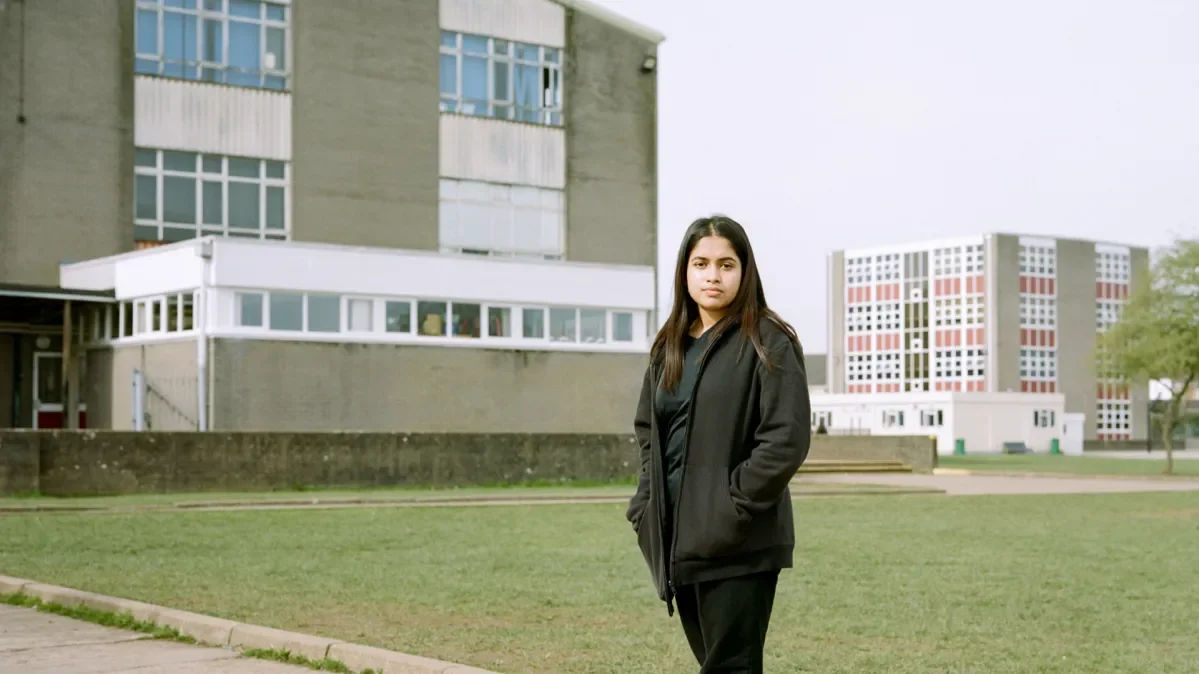
Girls should feel safe wherever they are. Free to walk to meet their friends. Free to exercise outside. Free to wear the clothes they want to. And all without the threat of public sexual harassment.
Yet girls in every part of the world face public sexual harassment and violence every day. They are being followed, shouted at, touched, groped, and grabbed. And they want it to stop.
This relentless harassment is holding girls back. It impacts their mental health, restricts their freedom, and makes them feel unsafe. They are tired of feeling like their bodies do not belong to them.
We stand with girls against public sexual harassment through our campaigns. We work with girls through our programmes to end the violence they experience. Together, we say it's not OK.
of girls in the UK have experienced some form of public sexual harassment in their lifetime.
of parents in the UK worry their daughter will experience public sexual harassment during her lifetime.
of sexual harassment comments reported across five cities worldwide came from a group, not an individual.
"My mission is to change the sexist culture"
Did you know, in Ecuador, over 60% of women aged 15-49 have experienced violence, the most common being public sexual harassment?
A new generation of young people are taking a stand and saying no to this sexist behaviour.
Meet one of them – 19-year-old youth activist Lady.
What is public sexual harassment?
Public sexual harassment is a term that recognises sexual harassment in any public space.
This unwanted attention can take several forms, from staring and comments to physical touching or following.
Such behaviour often goes unreported and unpunished.
Girls in the UK and across the world regularly receive unwanted attention from men and boys when they are out and about. The term ‘street harassment’ is understood by many. But it can underplay the harmful, threatening and abusive nature of sexual harassment.
This is why we now use the term public sexual harassment. It recognises that sexual harassment can happen anywhere. These incidents not only take place on the streets but can happen in any public spaces – parks, gyms, university and school campuses, transport or shopping centres.
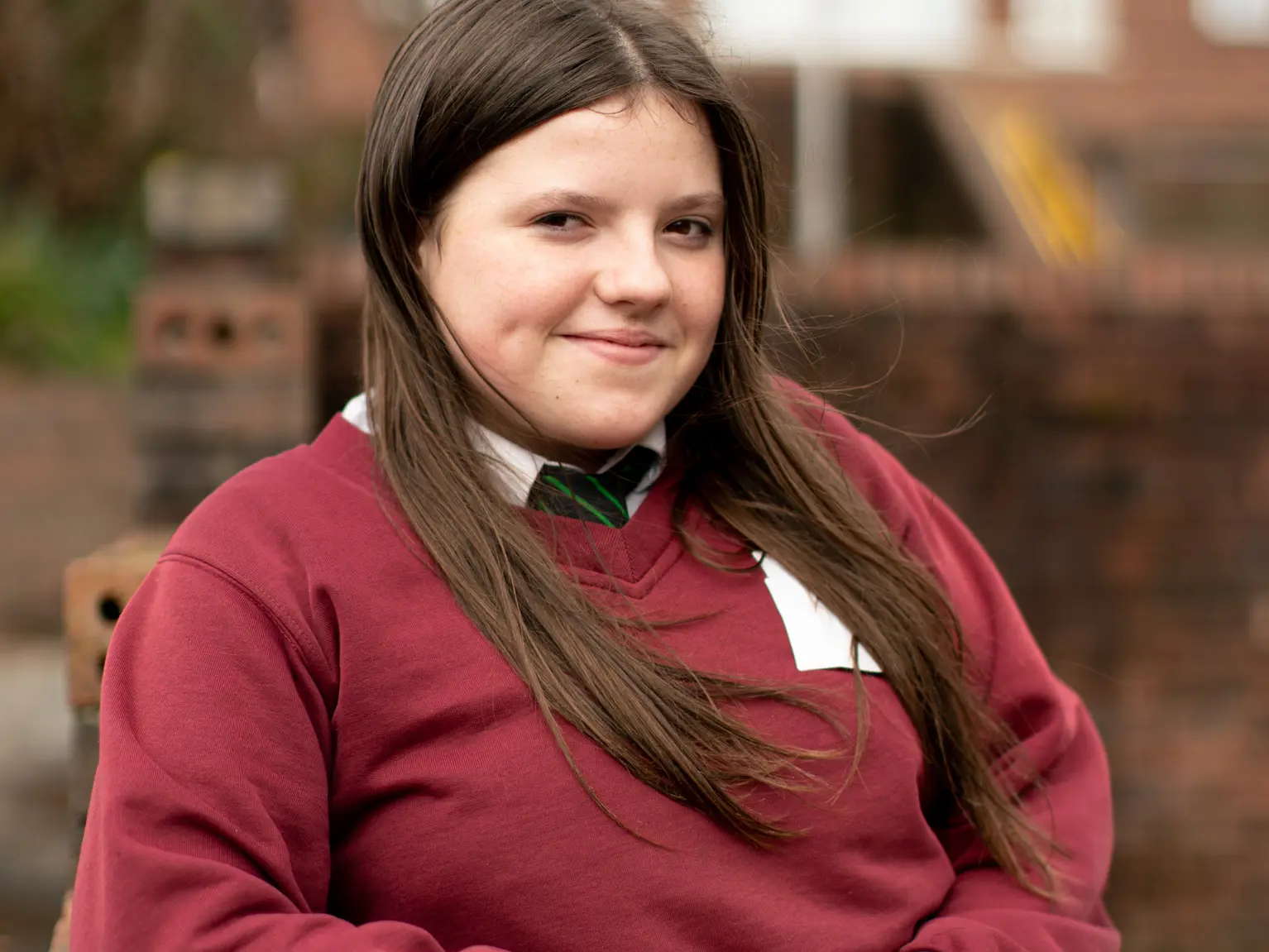
Taking a stand in the UK
“Women and girls don't deserve to put up with that harassment from boys and men,” says 13-year-old Kiera.
Up and down the UK, girls are leading the movement to end public sexual harassment.
Kiera learnt more about the issue when she took part in our EDGE project in Wales.
“I think that every school should do something like this to educate, not just boys – everyone, teachers, and the girls as well,” says Kiera.
Crime not Compliment campaign
We’ve also been supporting girls and young women to campaign on the issue through our #CrimeNotCompliment campaign.
Together with grassroots organisation Our Streets Now, we’re calling on the UK Government to make public sexual harassment a crime.
After years of tireless campaigning by girls and youth activists, in September 2023 we had a breakthrough as the Protection from Sex-Based Harassment in Public Bill will become law. This is a significant moment towards making the UK’s streets safe for girls and women with the issue of public sexual harassment finally being taken seriously by decision makers.
We hope it creates a shift in how public sexual harassment is dealt with in society. But our fight doesn’t end here. We’ll be making sure that this new law is implemented effectively, giving girls the route to justice that they are being promised.
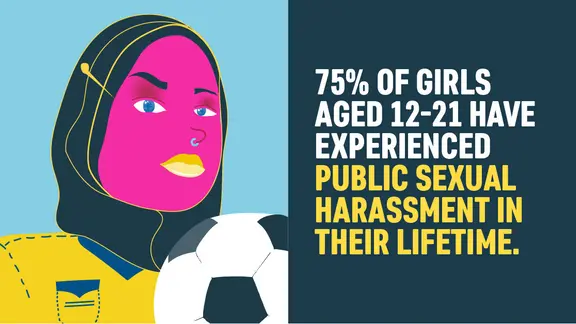
Be part of our next campaign for change
Sign up to get the latest updates and find out how you can get involved.
How do we stop public sexual harassment?
Education
Educating children and young people about public sexual harassment is key. It boosts their skills, knowledge and confidence to stand against it. As is working with communities to identify the norms and behaviours that cause it. Once identified, we can challenge and discourage it.
Campaigning
Girls are demanding change in their communities. We stand with them around the world. Together we raise awareness about public sexual harassment through public discussion and campaigning. And we work to influence those in power, such as law makers, to take steps to reduce harm.
Safe spaces
Cities and public spaces must be safe, accountable and inclusive. That's why girls and young women must be able to plan, co-design and legislate for safe spaces. We ensure those in positions of power listen to, and work with girls to do so.
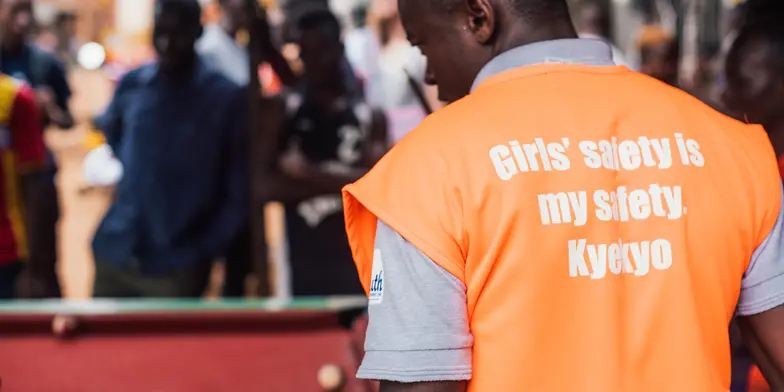
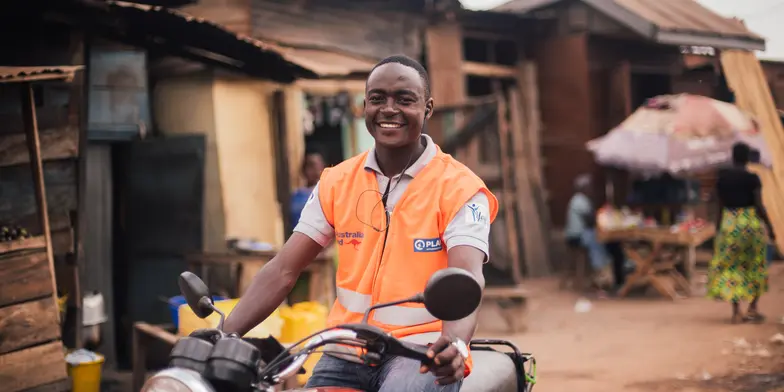
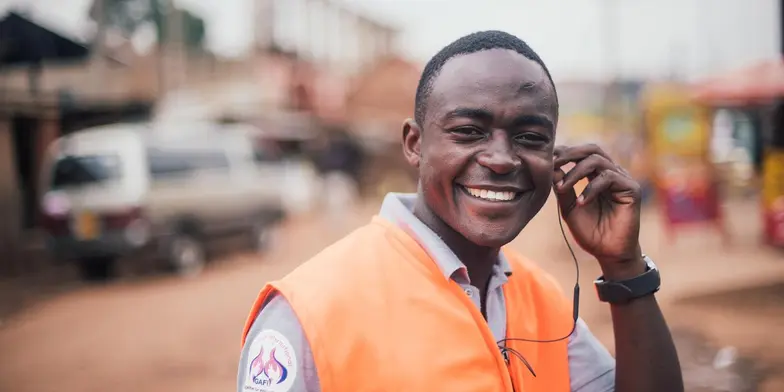
Making cities safer for girls
“I used to sexually harass girls a lot,” admits 24-year-old Eric. “It was the culture in the boda boda [motorcycle taxi] industry.”
Eric lives in the busy city of Kampala, Uganda. A city where the girls growing up there often don’t feel safe. We’re working with people like Eric to change that with our Safer Cities project.
“Through Safer Cities, we were taught to be empathetic,” explains Eric.
“Gradually, we started to see girls and young women in a different way. Our mentality changed. We started to get motivated to fight for gender equality.
“Now the other boda boda riders would feel uncomfortable harassing girls in front of me."